Every people on this globe has a dream of achieving the heights of Mount Everest. Reaching the top of the highest mountain on Earth is such an amazing feeling and those who have conquered it knows better than anyone else. It’s a sense of superiority and achievement. Just being at the top of the world is a wonderful thing. Nothing or no one can be higher than you.
The race of conquering the summit of Everest begins in the 1920s and afterward, many attempts were done to reach the top of Everest. However, none were successful. With the dream of achieving the heights of Everest, many attempts were done in which, many lost their life until 1953 when sir Edmund Hillary and Tensing Norgay Sherpa reached the summit. These two people are the legend of mountain climbing who sacrificed all to map the mighty Everest on the map.
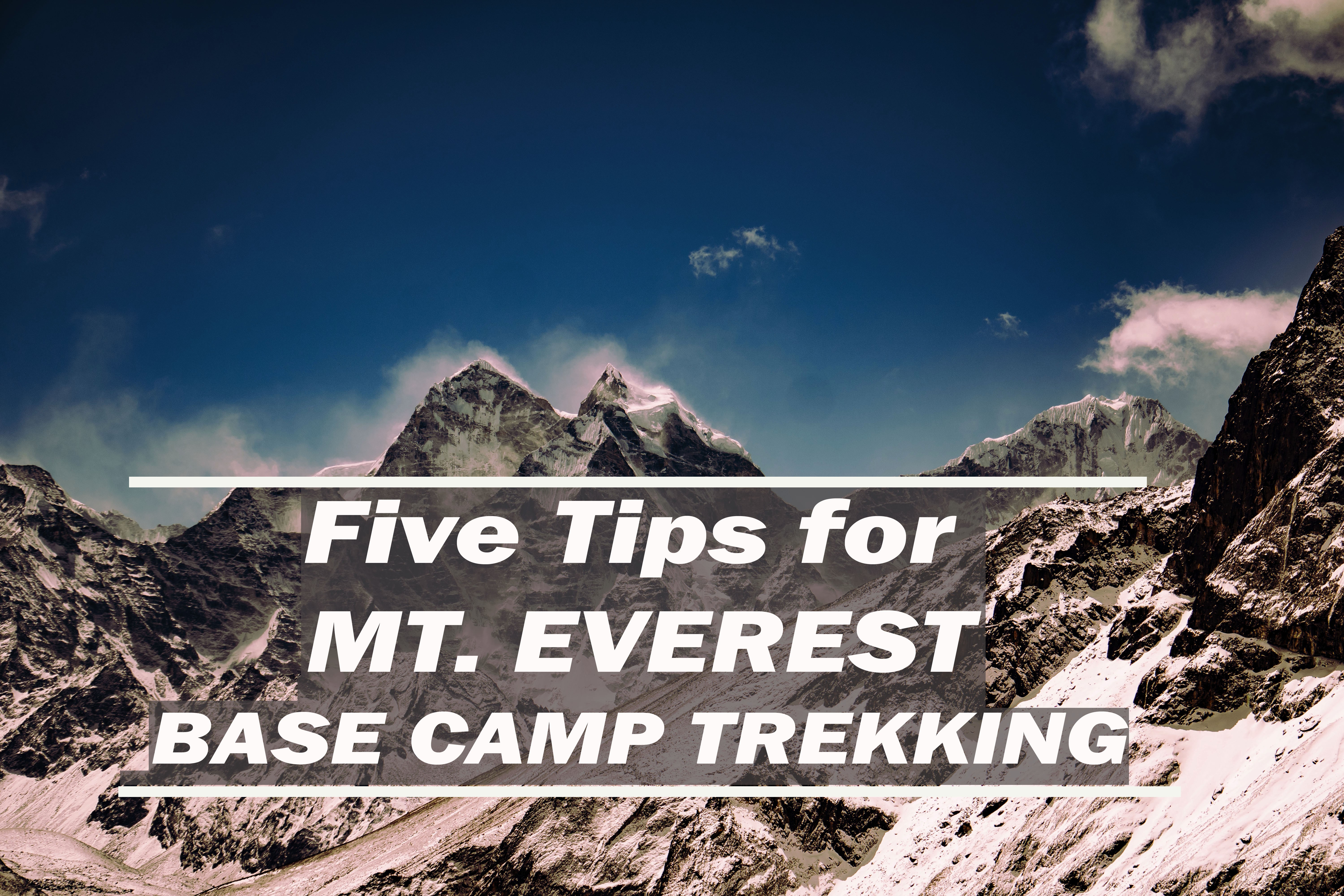
Yearly number of people attempt to reach the top of Everest, for others it’s still a dream, as a significant amount of training and funding is required to get the glory of reaching the top of Everest. Although reaching the top is a dream, hiking up to the base camp of Everest has been a goal for those travel enthusiasts who cannot pursue the dream of summiting Everest because of various circumstances. Yearly thousands of travelers all around the globe visit Nepal just to witness the magnificence of the Mighty Mount Everest.
Besides Mount Everest, the Everest Region/Khumbu region is famous for its wide variety of flora, fauna, natural beauty, and most significantly the warm heart of Sherpa. The trekking trail of the Everest Region lies within the border of the Sagarmatha National Park established in 1976 & covers an area of 1148 square kilometers. The winding landscape of the park is home to many endangered species of animals as well, like the Snow-Leopard and the Musk Deer among a myriad of many other creatures. The birch and bamboo forests of the park provide a tranquil nature to trek through, and the beautiful scenery that the park protects is a magnificent journey that adds more worth to your journey.
Here are some of the tips for your trekking endeavors to Mount Everest Base Camp so that you will have an enjoyable and successful trip to the foothill of the world's highest mountain peak. Email us if you want to have an expert tip regarding your trip to Mount Everest Base Camp. Also, Check out our 2019 and 2020 trekking dates for our Everest base camp treks.
Pre-train your body before the actual Trek
Trek to the Everest Base Camp is a strenuous walk through the world-famous trail of the Khumbu region. Although the climb is not technical, and one doesn’t require any high-altitude walking experience, this trek seems quite easy. However, if you think this trek is going to be easy and don’t prepare for it then this trek is going to be a nightmare for you.
Before beginning your actual trekking, it is best to have 3 – 4 months of training before your actual trekking day. Trekking to the Everest Base camp requires excellent strength, with high endurance capacity to complete the trek while enjoying it to the fullest. If you don’t well prepare your body to withstand the pressure of constant strain at high altitude, then the trek will be the worst nightmare, you will ever remember. Moreover, you are also risking your as well as other people's safety. So pre-training is most to enjoy your mount Everest base camp hiking to its fullest.
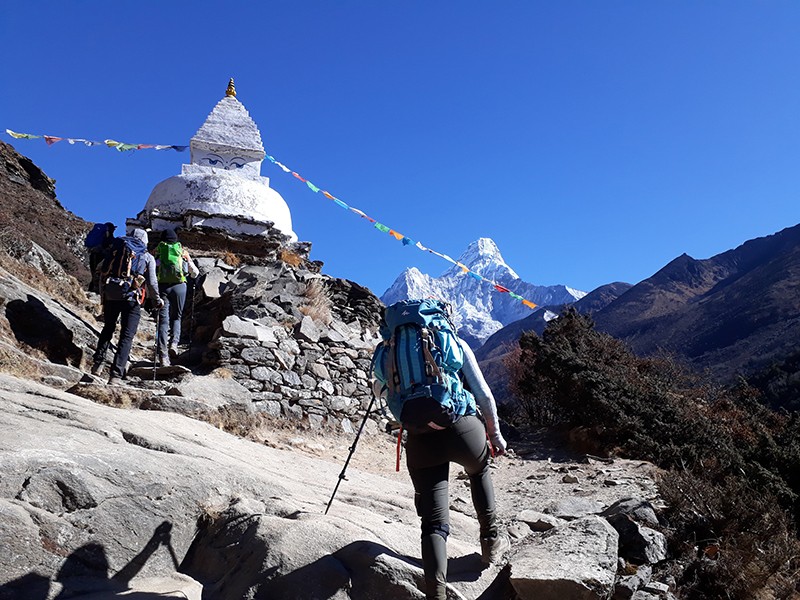
All you need to do for preparing your training is to free 2 to 3 hours a day in the morning if possible as most of the trek starts early morning. You need to schedule your training and strengthen your lower body as much as possible. Try a regime that could help you increase your stamina. You should focus on your strength training routine like pull-ups, sit-ups, and crunches which would help you strengthen your shoulders, leg muscles, back, and abdomen.
During the actual trekking, it is better to go slow and steady. Going slowly ensures a successful and enjoyable trip.
Extra Tips: Train for the hike, buy yourself hiking boots, and schedule a 1-hour hike in your schedule for each day. You can hike and walk around your city which is very beneficial for your Everest trek. Always relax your mind while hiking and think of great things to do while you will be doing a trek. This could help you with Mental conditioning which will help you throughout your trek.
Get the Proper Gears
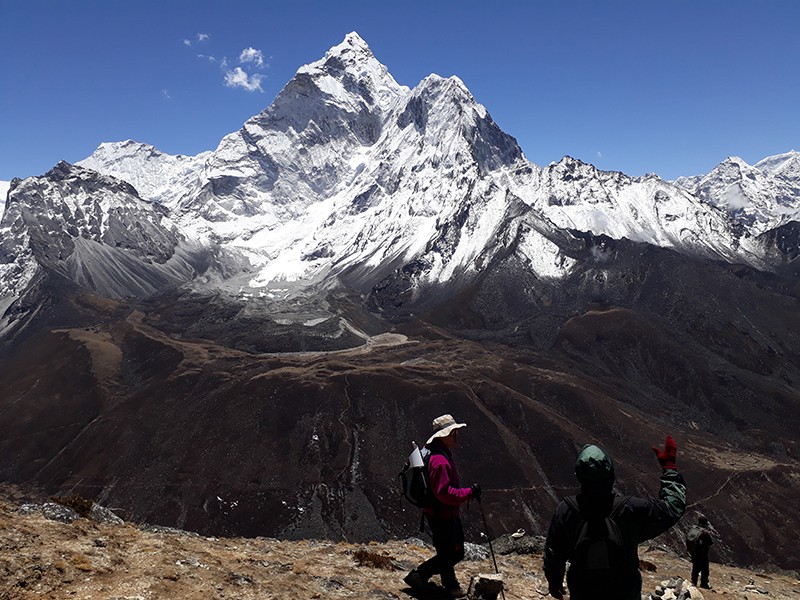
Trekking to the foothills of the World's Highest Peak requires a certain amount of preparation. During the preparation, most travelers get confused about what to bring and what not to? Planning for the trek itself is more daunting than the actual trek. With the lack of proper knowledge of the thing required for the journey, most of trekkers face difficulties during trekking days.
Proper gearing up is one of the most important things. With the right selection of equipment, trekking will be much easier and more enjoyable. You can buy or rent all the equipment in Kathmandu or Lukla. However, be aware of the fake local product sold much cheaper, as they are not up to the standard. Fake products make your adventurous journey into a nightmare. It is important to purchase good quality and reliable clothes and footwear as you will be facing very cold conditions on the trek. So, make sure to take advice from the expert while shopping for the Equipment.
Here we have prepared the list of some of the most essential things to be included in your packing list for Everest Base Camp Trekking:
Travel Equipment
- Heavy-duty duffel bag (100 liters; no wheels or rigid handles)
- Lightweight, stowable duffel bag
- Luggage locks
- Luggage tags
- Passport/money belt
- Wicking, quick-dry boxers or briefs
- Synthetic or wool T-shirt
- Long-sleeve, travel-friendly shirt
- Lightweight, travel-friendly pants
- Casual shoes
- Midweight wool or synthetic socks
Trekking Equipment
- Day pack (25–35 liters)
- Waterproof Pack cover
- Sleeping bag comfortable to 0°F (dependent upon season, weather forecast, and personal preference)
- Waterproof hiking boots
- Camp shoes (down booties or running shoes)
- Trekking poles
- Trekking Clothing
- Heavyweight long underwear bottoms
- Heavyweight long underwear top
- Midweight fleece or soft-shell jacket (2)
- Midweight down or synthetic parka with hood
- Convertible hiking pants
- Fleece pants or insulated pants
- Midweight fleece gloves or wool gloves
- Sun hat
- Glacier sunglasses
- Neck gaiter, balaclava, Buff or bandana
Personal Items
Many of the following items are optional; tailor the list to suit your personal needs.
- Water bottles (two 1-liter or one 1-liter + hydration reservoir)
- Spare camera battery and charger
- Spare camera memory card
- Camping pillow
- Camp towel
- Insect repellent
- Hand and toe warmers
- Cash (Nepalese rupees and U.S. dollars in small denominations)
- Local SIM card for cell phone (purchase in Nepal)
Toiletries
Many of the following items are optional; tailor the list to suit your personal needs.
- Toothbrush (travel size)
- Toothpaste (travel size)
- Toilet paper
- Personal wipes
- Women’s hygiene items
- Hand sanitizer
- Sunscreen (SPF 30 or higher)
- Lip balm (SPF 30 or higher)
- Biodegradable soap
- Skin lotion
- Spare eyeglasses or contact lenses
- Non-prescription medications (pain reliever/fever reducer, antibiotic ointment, allergy treatment, etc.)
- Prescription medications; medications for traveler’s diarrhea, altitude sickness
Learn More about Everest Base Camp Trek Packing List.
The packing list for Everest Base Camp Trekking can be used for trekking all around Nepal, including some of the famous trekking trails like Annapurna Base Camp Trekking, and Upper Mustang Trekking, Langtang Valley Trekking, and Nar Phu Valley Trekking.
Hydration is key
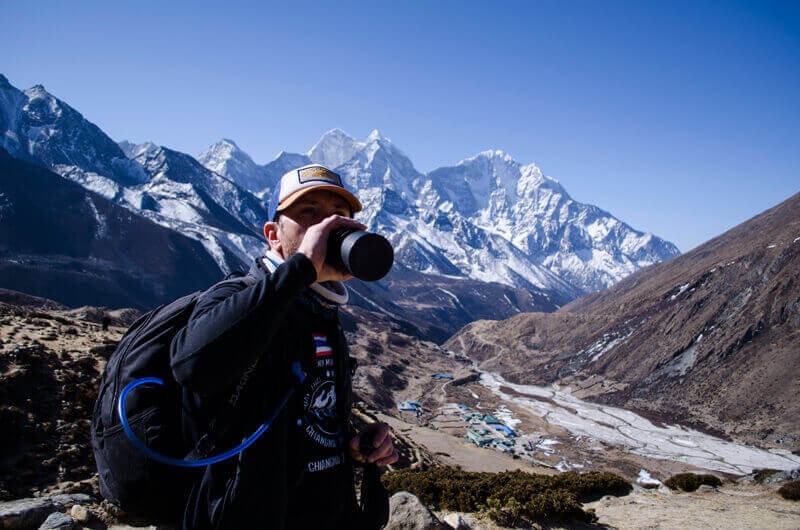
Keeping your body hydrated is the main key to a successful trip to the Everest Base Camp. As the trekking to the Mount Everest Base Camp reaches up to an elevation of 5565 Meters. At such a high altitude, your body dehydrates much quicker than at sea level. So, keeping your body hydrated should be on top priority.
Drinking water is key to avoiding altitude sickness at higher altitudes. Air at a higher altitude is then compared to a lower altitude which means you will get less oxygen while breathing so if your intake is water you can get enough oxygen for your body. Staying hydrated is something you need to keep in mind during your trek at a higher altitude.
The more you keep your body hydrated; the chance of Acute Mountain Sickness reduces drastically. Some people find drinking 5 – 6 liters of water in mountains is a daunting task and refuges to hydrate themselves. By doing so they are putting themselves at higher risk. So at least try to drink One liter of water per hour.
Note that, during trekking, avoid coffee, as coffee contains caffeine which dehydrates your body rapidly, exposing your more to altitude sickness. So, it's better not to drink coffee during the trek.
Climbing slowly is critical in Trekking
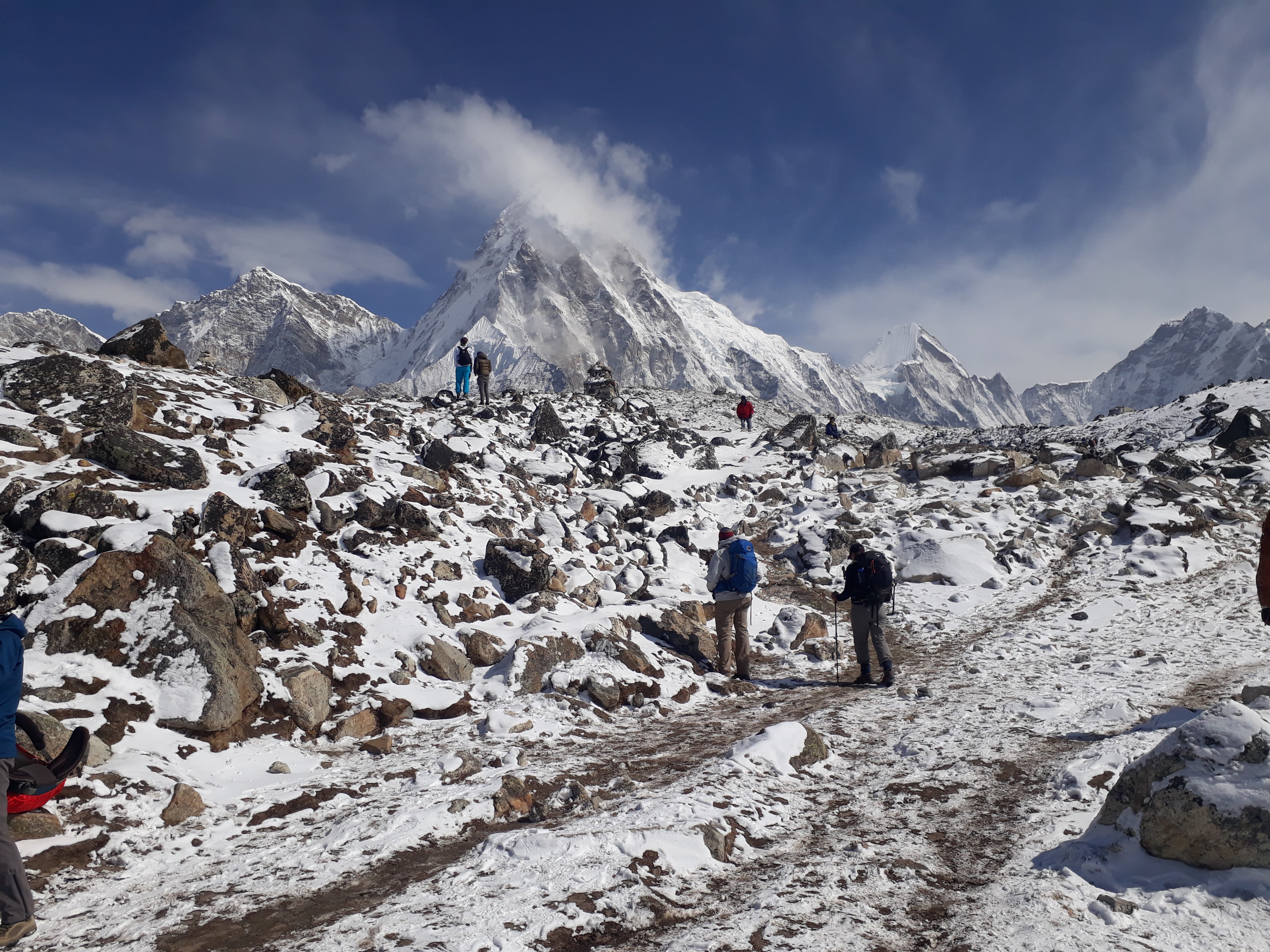
For the trekking endeavors like Everest Base Camp Trekking, a slow and steady pace is most important. Trekking is like a marathon rather than a sprint. As a marathon going slowly helps you to achieve long-distance, trekking is similar. Going slowly is the absolute key to success.
At higher altitudes, our body requires 2 to 3 days to adjust to the low oxygen level. So slowly gaining the altitude helps you to adjust to the changing environment. Avoid flying or driving directly to high altitudes. Instead, go up higher each day, stop to rest, and continue the next day. If you must fly or drive, pick a lower altitude to stay at for 24 hours before going all the way up.
In Everest Base camp trekking, there is no option of going at a faster pace, rather keep a slow pace as per your convenience, without straining your body too much. Keep the snail’s pace, not a rabbit! The more time you spend acclimatization means the more safe and enjoyable trekking experience.
Travel Insurance
Whenever we travel, we always do travel and medical insurance. But while on a hiking trip to the Everest Base Camp, regular insurance doesn’t cover the risk you will face in high-altitude mountainous areas. Trekking in Everest Base Camp Trekking requires special travel insurance.
Trekking in the high-altitude mountain terrain, one is always at a mercy of nature. There is always a chance of a landslide, mudslide, or avalanche occurring which may result in vital for one’s life. In the worst case, one may lose their life as well. Climbing a peak is riskier and has a high threat to one’s life. During your trek, bad weather and low visibility may play spoilsport making your way journey impossible to carry on further.
Moreover, trekking in the high-altitude rough terrains may also occur afflictions like a sprained ankle or even broken leg, appendix ruptures, hypothermia, skin infection, and respiratory infection. If any of this misfortune happens to you, then it should be treated on time. If left untreated then you may even lose your life. If any of the above-mentioned afflictions happen to you at a higher altitude, then you don’t want to spend the day or a week trekking back to the city. In such cases, evacuation by air is necessary which may cost a minimum of USD 5,000 exclusive of hospital treatment or in-flight medical service. This will not only keep your life in danger but will end up costing your health as well as your bank account.
To avoid such misfortune and unforeseen expenses, taking out Travel Insurance is mandatory. Taking out proper Travel insurance will help you to enjoy your trip to the utmost without the worry of the hospital bills (if hospitalized due to certain reasons), or extra expenses you have to make due to delays in flight or any natural calamities. Before starting trekking in the Everest region, you just need to make sure that your Insurance Policy covers all the expenses of your trip.





